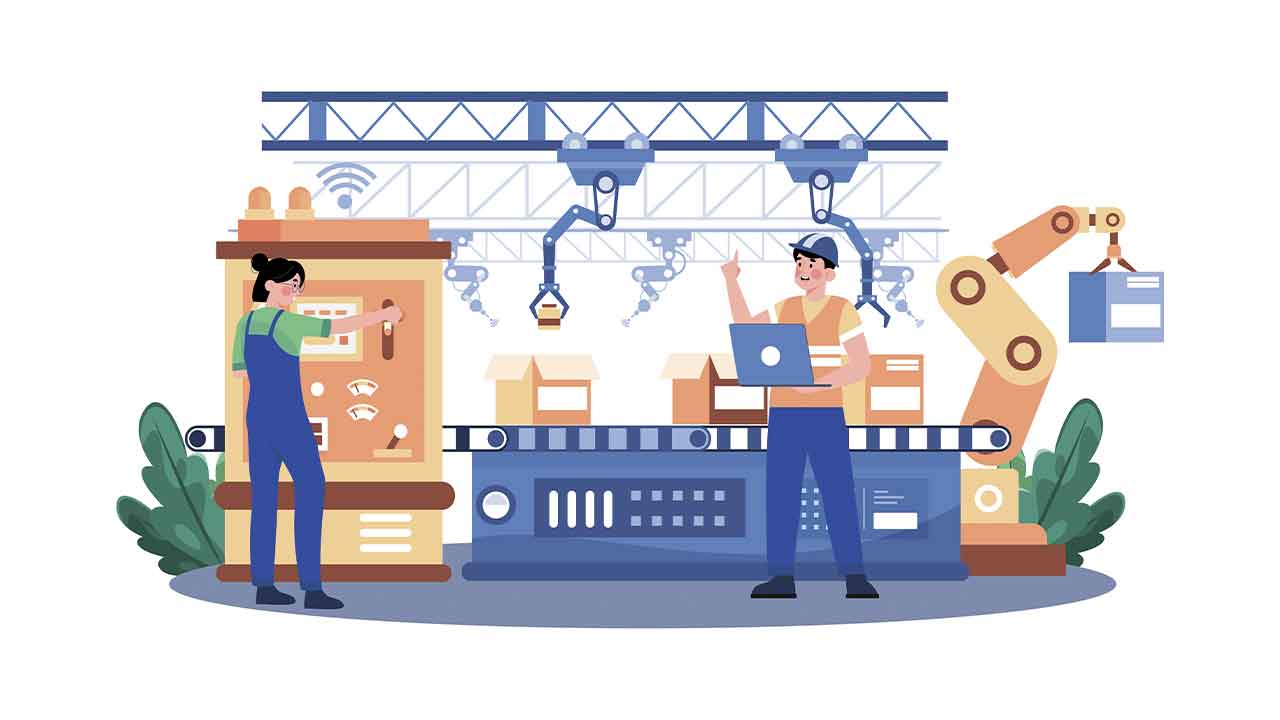Am I Ready for DataOps? 4 Common Signs
|
Getting your Trinity Audio player ready...
|
DataOps solutions are necessary in manufacturing environments where data must be aggregated from industrial automation assets and systems and then leveraged by business users throughout the company and its supply chain. These solutions are purpose-built to improve the orchestration, observability, quality, and governance of industrial data at scale.
I believe that DataOps is becoming the prevailing approach to addressing the challenges posed by industrial data. According to Gartner’s Market Guide for DataOps Tools, a data engineering team guided by DataOps practices and tools will be 10 times more productive than teams that do not use DataOps by 2025.
But when does it make sense to introduce a DataOps solution into your own digital architecture? We commonly see 4 signs that justify this investment.
- You have more than two consuming applications.
DataOps is useful in data architectures containing multiple target applications being fed data by the same source. Modeling data independently of the application allows users to reuse the engineering as they onboard new applications and makes building new integrations much simpler. If all you have is a single application requiring data, you may not need to adopt DataOps. Even a second application can be onboarded using data modeling from the first. If you need to onboard any applications beyond those two, it is unscalable without a DataOps solution.
- You have use cases with evolving requirements.
If your use case evolves or requires additional data points, a DataOps solution is the right choice. Manually altering code every time a use case requires an update is an unscalable process and makes the integration inherently fragile. This is especially important as use cases scale and grow in quantity. If the integrations are handled
inside of an IIoT platform, they may suffer from many of the same problems as point-to-point integrations, namely lack of scalability and fragility. The question one should ask to discover if their integrations are scalable: Can I move this engineering work to a different site, use case, or application? If not, DataOps is the solution. If the use case is simple and data requirements are static, a direct integration will likely suffice.
- You have data variability across sites.
For manufacturing and industrial companies, the data produced by different sites is often very distinct. Industrial data sources vary widely in how they present data, and different sites use different machinery, all producing data in different ways. Some may publish on-change data streams and others may provide updates at 10-minute intervals, but all sources present their data with their own contextualization and shape.
If you have variability across lines and sites, a DataOps solution can provide the central governance and necessary contextualization to ensure data consistency at scale. This consistency makes powering up new use cases, integrating new applications, and onboarding new sources much simpler and faster. Additionally, using DataOps to govern lines and sites prevents vendor lock-in, ensuring that data can be shaped to fit any purpose with ease.
- You have a team of stakeholders.
Constructing a data architecture to power integrations should benefit stakeholders across the organization. Highly functional use cases require application owners, data scientists, data consumers, OT domain experts who understand source systems, and architects to instill best practices and accelerate deployments.
Integrations and use cases constructed without DataOps are often difficult for non-domain experts to understand. They offer little engineering that can be repurposed, and can’t be easily altered to benefit additional users beyond the original need. These challenges all contribute to a discouraging environment for further adoption. A DataOps solution should provide a low-code/no-code interface to give everyone the visibility and accessibility required to accelerate adoption of use cases and encourage the development of new use cases across the organization.
Solving Problems with DataOps
At the end of the day, DataOps solutions provide a toolbox to solve a wide range of problems depending on the unique needs of the manufacturer. These include:
- Lack of data contextualization and normalization across machines, systems, and other operational technology (OT) data sources.
- Difficulty preparing and correlating manufacturing data for Quality and Maintenance users to analyze product or asset information, respectively.
- Accessibility constraints from Operations to IT, from Edge to Cloud, and from the business to third parties.
- Difficulty orchestrating, monitoring, and securing data flows.
- Strain on operations personnel caused by time-consuming manual contextualization and point-to-point integrations to IT systems.
- Writing and maintaining custom code, leading to technical debt and inability to scale projects across sites.
- Data governance requirements and regulatory pressures.
These problems have existed in manufacturing for more than a decade and are becoming more pronounced as sensors proliferate, cloud usage expands, and generative AI strives to meet its potential. Isn’t it time we solved them?
About the author
 Torey Penrod-Cambra is the Chief Communications Officer of HighByte, focused on the company’s messaging strategy, market presence, and ability to operationalize. Her areas of responsibility include marketing, public relations, analyst relations, investor relations, and people operations.
Torey Penrod-Cambra is the Chief Communications Officer of HighByte, focused on the company’s messaging strategy, market presence, and ability to operationalize. Her areas of responsibility include marketing, public relations, analyst relations, investor relations, and people operations.



